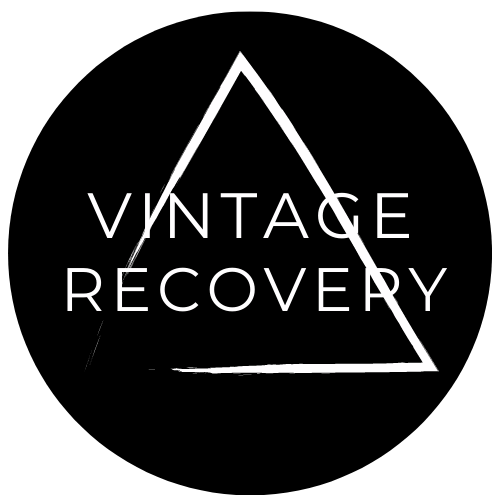
Is Denim Bad For the Environment?
Share
Denim is a popular material which is used across the world. With a rich history dating back generations, denim is now a mainstay in modern fashion - it’s in our jeans, our jackets, and even our shirts.
However, how bad is denim for the environment? Has the production of this fabric - a production which has had years to refine itself - stayed in the good eco-friendly books? Let’s investigate.
Denim - Eco-Friendly?
So, is denim eco-friendly? Well, it’s kind of a yes and no answer, sadly.
The answer depends on a few different things, most specifically the following:
- What the denim is made of
- How much water is used in the production of the denim
- The durability of the denim
You get the idea.
Technically speaking, denim can be damaging from an environmental standpoint because it can pollute local waterways and produce a lot of chemicals, specifically pesticides. It also takes up a lot of water!
The Negative Impacts of Denim
Sadly, denim can have a lot of negative points, which make it unreliable for modern eco-friendly fans.
The dyes used in denim are often carcinogenic and use a lot of water - not great when more than 10% of the population doesn’t have access to safe drinking water.
Denim is made with cotton, and this material is grown in an exploitative fashion, using a lot of water, and requires the support of harmful (read: toxic) pesticides.
Denim uses a lot of water to make. A single pair of jeans can need up to 36L of water, easily three days' supply for a single UK home.

The Positives of Denim
Denim does have a few positives.
It’s a durable material, without a doubt - a denim fabric can be worn for years without issue.
Denim is also slowly being reformed and manufactured in an eco-friendly fashion. There’s a lot of public outcry about denim's impacts on the population and the environment.
The Final Verdict - is Denim Bad?
At the moment, denim is terrible for the environment.
Cotton production uses terrible amounts of pesticides and fertilisers, not to mention the staggering water usage. Creating denim requires a lot of toxic chemicals for the dye, which is awful for the environment.
However, other issues like the large amounts of energy needed for spinning and weaving denim fabric can’t be ignored. The process has to be at a carefully maintained temperature and moisture level.
Final Thoughts
We definitely need access to sustainable denim, which will require a radical overhaul of the current process. We need a brand new method of dying to really crack the water usage problem of denim.
We live in a world where 10% of the population globally doesn’t have access to clean water. You can begin to understand how inappropriate denim production becomes when this problem persists. Perhaps with some modern processes and an overhaul of denim production, we might see it become sustainable in our lifetimes, but right now, it’s absolutely terrible for the environment.
To help make a dent in the environmental issues that denim causes we have began upcycling and reworking old and vintage denim to give it a lease of new live and stop it from ending up in landfill. Take a look at our vintage and reworked denim collection here.


